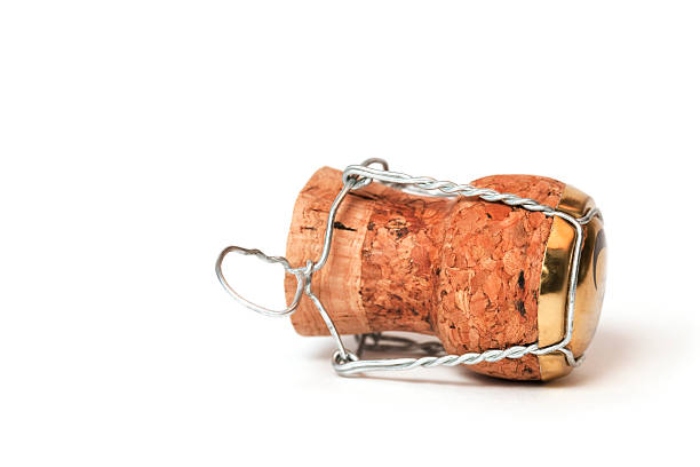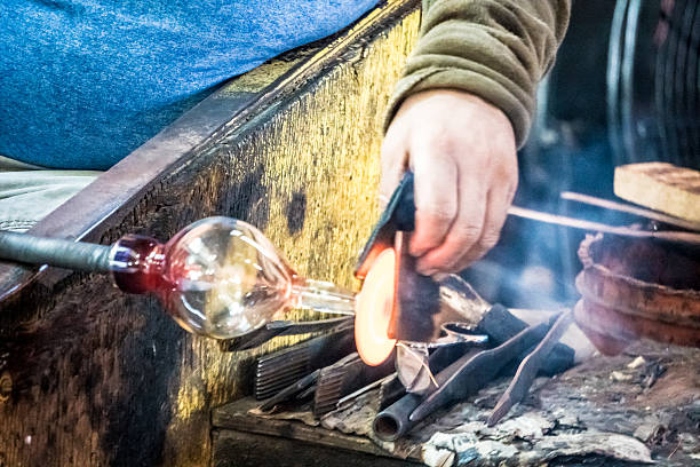
Champagne Bottles
The various Champagne bottle sizes serve as a significant factor influencing the extensive and popular range of bottle sizes. This diversity caters to different types of occasions and party sizes, providing options for everyone to enjoy. Some say that there’s a Champagne suitable for every occasion.
Examples of non-standard (750 mL) bottle sizes include Mini (200 mL), Half (375 mL), Magnum (1.5 L), Jeroboam (3 L), Methuselah (6 L), Salmanazar (9 L), and Nebuchadnezzar (15 L).

Champagne is a superb example to showcase why various bottle sizes are becoming more popular. It is now common for airlines to carry 200 mL Champagne bottles as a practical option for travellers. For any celebratory event, such as ringing in the new year, weddings, anniversaries, etc. we think of popping open a perfectly chilled Champagne. What better than being able to acquire the perfect-sized bottle to accommodate any party size, large or small?

Not just that, but the “wow factor” upon entering a gala dinner when being presented with a mini bottle of Champagne allows the guests to feel both special and welcomed. Conversely, a Jeroboam of Champagne never fails to invoke a roomful of excited reactions when it is brought out to serve dozens of guests! There is nothing better than being cost-effective (albeit slightly) whilst impressing your guests simultaneously.

Over 90% of the world’s wine bottles are 750 mL sized! How did the standard bottle size become so popular?In 1975, European legislation declared that the 750 mL size was the new standard, leading to its massive popularity. This shift is theorized to be based on the fact that 750 mL is a size that French glassblowers could consistently produce over 300 years ago. Today, it is highly economical and stands as the most mass-produced size, fitting seamlessly into the concept of “12 in a case” for global distribution.The standard bottle also sits comfortably in the hand, making it easy to pour for moderately sized crowds. However, some question whether a wine with 15% alcohol should be packaged in the same size as a wine with 8% alcohol.
Interested in larger or smaller formatted bottles? Try the Champagne Didier – Ducos L’Ablutien Brut half bottle, or the winemaker-signed Domaine des Romarins, AOP Côtes du Rhône Magnum from this cellar!

DipWSET, certified sommelier, Opimian’s Marketing Assistant



